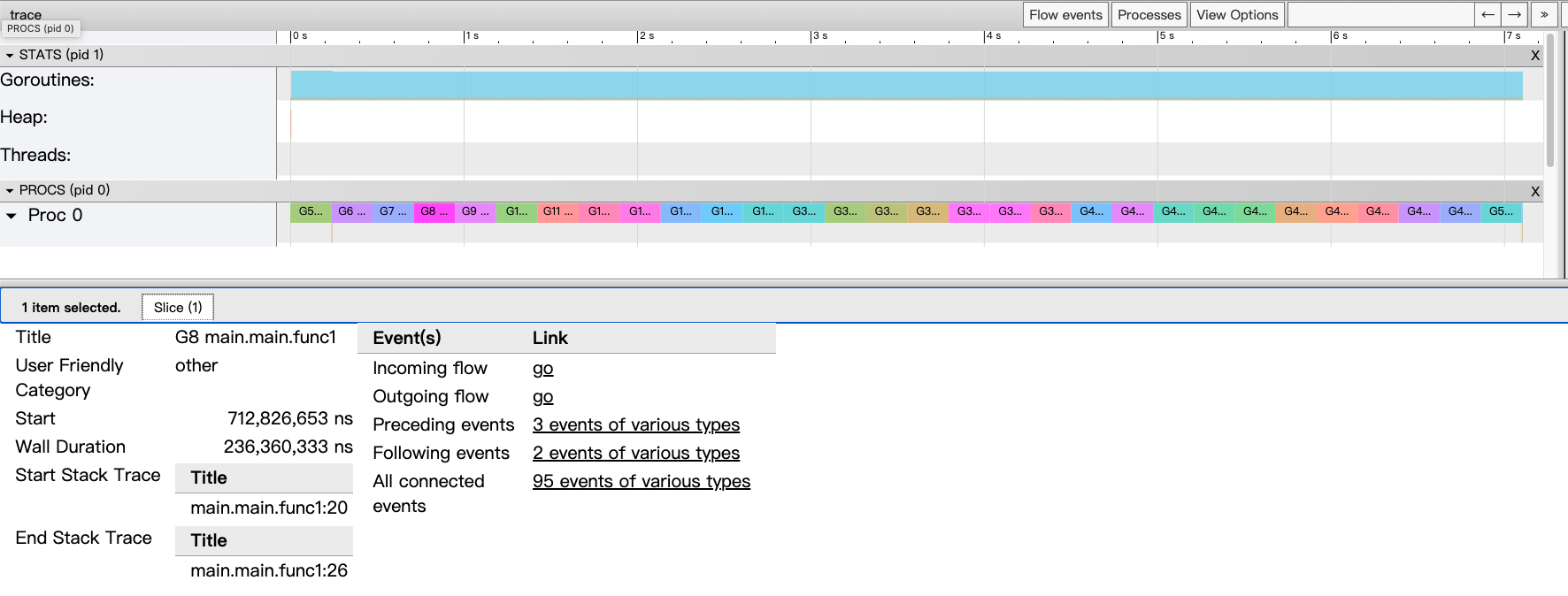Java之常用API
API概述
什麼是API
API (Application Programming Interface) :應用程序編程接口
java中的API
指的就是 JDK 中提供的各種功能的 Java類,這些類將底層的實現封裝了起來,我們不需要關心這些類是如何
實現的,只需要學習這些類如何使用即可,我們可以通過幫助文檔來學習這些API如何使用。
Math
1、Math類概述
Math 包含執行基本數字運算的方法
2、Math中方法的調用方式
Math類中無構造方法,但內部的方法都是靜態的,則可以通過 類名.進行調用
3、Math類的常用方法
|
public static int abs(int a)
|
返回參數的絕對值 |
|
public static double ceil(double a)
|
返回大於或等於參數的最小double值,等於一個整數
|
| public static double floor(double a) |
返回小於或等於參數的最大double值,等於一個整數
|
| public static int round(float a) | 按照四捨五入返回最接近參數的int |
| public static int max(int a,int b) | 返回兩個int值中的較大值 |
| public static int min(int a,int b) | 返回兩個int值中的較小值 |
|
public static double pow (double a,double b)
|
返回a的b次冪的值 |
| public static double random() | 返回值為double的正值,[0.0,1.0) |
System
|
public static void exit(int status)
|
終止當前運行的 Java 虛擬機,非零表示異常終止 |
public static void arraycopy(Object src,int srcPos,Object dest,int destPos,int length)
|
從指定源數組中複製一個數組,複製從指定的位置開始,到目標數組的指定位置結束。從 src 引用的源數組到 dest 引用的目標數組,數組組件的一個子序列被複制下來。被複制的組件的編號等於 length 參數。 |
| public static long currentTimeMillis() | 返回當前時間(以毫秒為單位) |
int [] array={1,2,3,4};
int[] array2=new int[4];
System.arraycopy(array,0,array2,2,2);
for (int i = 0; i < array2.length; i++) {
System.out.println(array2[i]);
}
Object
Object類概述
Object 是類層次結構的根,每個類都可以將 Object 作為超類。所有類都直接或者間接的繼承自該類,
換句話說,該類所具備的方法,所有類都會有一份
查看方法源碼的方式
選中方法,按下Ctrl + B
重寫toString方法的方式
1. Alt + Insert 選擇toString
2. 在類的空白區域,右鍵 -> Generate -> 選擇toString
toString
toString方法的作用:
以良好的格式,更方便的展示對象中的屬性值
public class Student {
private int age;
private String name;
@Override
public String toString() {
return "Student{" +
"age=" + age +
", name='" + name + '\'' +
'}';
}
public Student(int age, String name) {
this.age = age;
this.name = name;
}
}
public class test {
public static void main(String[] args) {
Student student=new Student(10,"張三");
System.out.println(student);
}
}
輸出:Student{age=10, name=’張三’}
equals
equals方法的作用
用於對象之間的比較,返回true和false的結果
舉例:s1.equals(s2); s1和s2是兩個對象
重寫equals方法的場景
不希望比較對象的地址值,想要結合對象屬性進行比較的時候。
重寫equals方法的方式
1. alt + insert 選擇equals() and hashCode(),IntelliJ Default,一路next,finish即可
2. 在類的空白區域,右鍵 -> Generate -> 選擇equals() and hashCode(),後面的同上。
public class Student {
private int age;
private String name;
@Override
public boolean equals(Object o) {
if (this == o) return true;
if (o == null || getClass() != o.getClass()) return false;
Student student = (Student) o;
if (age != student.age) return false;
return name != null ? name.equals(student.name) : student.name == null;
}
public Student(int age, String name) {
this.age = age;
this.name = name;
}
}
public class test {
public static void main(String[] args) {
Student student=new Student(10,"張三");
Student student2=new Student(10,"張三");
System.out.println(student.equals(student2));
}
}
輸出:true
Objects
常用方法
|
public static String toString(對象)
|
返回參數中對象的字符串表示形式。 |
| public static String toString(對象, 默認字符串) | 返回對象的字符串表示形式。 |
| public static Boolean isNull(對象) | 判斷對象是否為空 |
| public static Boolean nonNull(對象) | 判斷對象是否不為空 |
public class Student {
private int age;
private String name;
@Override
public String toString() {
return "Student{" +
"age=" + age +
", name='" + name + '\'' +
'}';
}
public Student(int age, String name) {
this.age = age;
this.name = name;
}
}
import java.util.Objects;
public class test {
public static void main(String[] args) {
Student student=new Student(10,"張三");
// Student student2=new Student(10,"張三");
String result= Objects.toString(student);
Student student2=null;
String result2=Objects.toString(student2,"null");
Student student3=null;
boolean result3=Objects.isNull(student3);
boolean result4=Objects.nonNull(student);
System.out.println(result);
System.out.println(result2);
System.out.println(result3);
System.out.println(result4);
}
}
輸出:
Student{age=10, name=’張三’}
null
true
true
BigDecimal
作用
可以用來進行精確計算
構造方法
|
BigDecimal(double val)
|
參數為double |
| BigDecimal(String val) | 參數為String |
常用方法
|
public BigDecimal add(另一個BigDecimal對象)
|
加法 |
| public BigDecimal subtract (另一個BigDecimal對象) | 減法 |
| public BigDecimal multiply (另一個BigDecimal對象) | 乘法 |
| public BigDecimal divide (另一個BigDecimal對象) | 除法 |
| public BigDecimal divide (另一個BigDecimal對象,精確幾位,舍入模式) | 除法 |
總結
1. BigDecimal是用來進行精確計算的
2. 創建BigDecimal的對象,構造方法使用參數類型為字符串的。
3. 四則運算中的除法,如果除不盡請使用divide的三個參數的方法。
BigDecimal divide = bd1.divide(參與運算的對象,小數點後精確到多少位,舍入模式);
參數1 ,表示參與運算的BigDecimal 對象。
參數2 ,表示小數點後面精確到多少位
參數3 ,舍入模式
BigDecimal.ROUND_UP 進一法
BigDecimal.ROUND_FLOOR 去尾法
BigDecimal.ROUND_HALF_UP 四捨五入
BigDecimal bd1=new BigDecimal("10.0");
BigDecimal bd2=new BigDecimal("3.0");
BigDecimal divide = bd1.divide(bd2, 2, BigDecimal.ROUND_UP);
System.out.println(divide);
輸出:3.34


